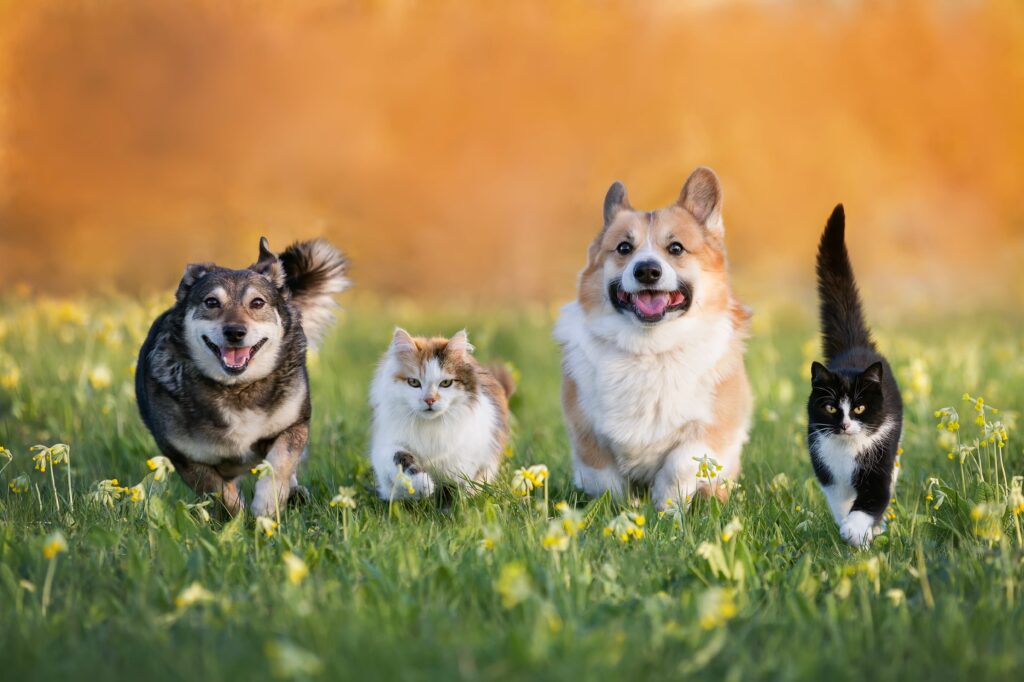
Your pet’s quirks might seem random; those soulful stares, sudden sprints, and head tilts that feel like they’re decoding your thoughts. But what if those weird little moments aren’t just cute? What if they’re signs of real intelligence? From ancient instincts to emotional awareness, many everyday pet behaviors reveal far more than we realize. These 9 habits might look strange, but they could be your pet’s way of showing off their secret genius.
Staring Into Your Soul (Well, Your Eyes)

You’re scrolling through your phone when suddenly, you feel it—those wide, unblinking eyes locked onto you. It’s intense, maybe even a little creepy. But experts suggest that your pet isn’t just being weird—they’re actually forging an emotional connection. Eye contact, especially in dogs and even some cats, helps release oxytocin, the same hormone that bonds parents to their babies. It’s your pet’s way of saying, “I trust you. You’re my human.” They’re not just staring into space—they’re communicating in the most silent, vulnerable way. So the next time your dog stares at you like you’re the only person in the world, know that it’s not strange—it’s genius. It’s love, plain and simple.
The Zoomies (aka Sudden Bursts of Energy)

Ever watched your dog or cat suddenly dash across the room like a possessed cartoon character? It’s hilarious, confusing—and actually incredibly smart. Those wild bursts of energy, known as “zoomies,” are more than just a release of excitement. They’re your pet’s way of recalibrating their nervous system. After periods of rest, stress, or even grooming, they need a reset. It’s instinctive, primal, and helps balance their mood and hormones. In fact, zoomies can even be a sign of a healthy, well-adjusted animal. So the next time your pet bolts around the house with the speed of a rocket, don’t just laugh—celebrate it. That’s emotional regulation in its purest form.
Bringing You Random “Gifts”
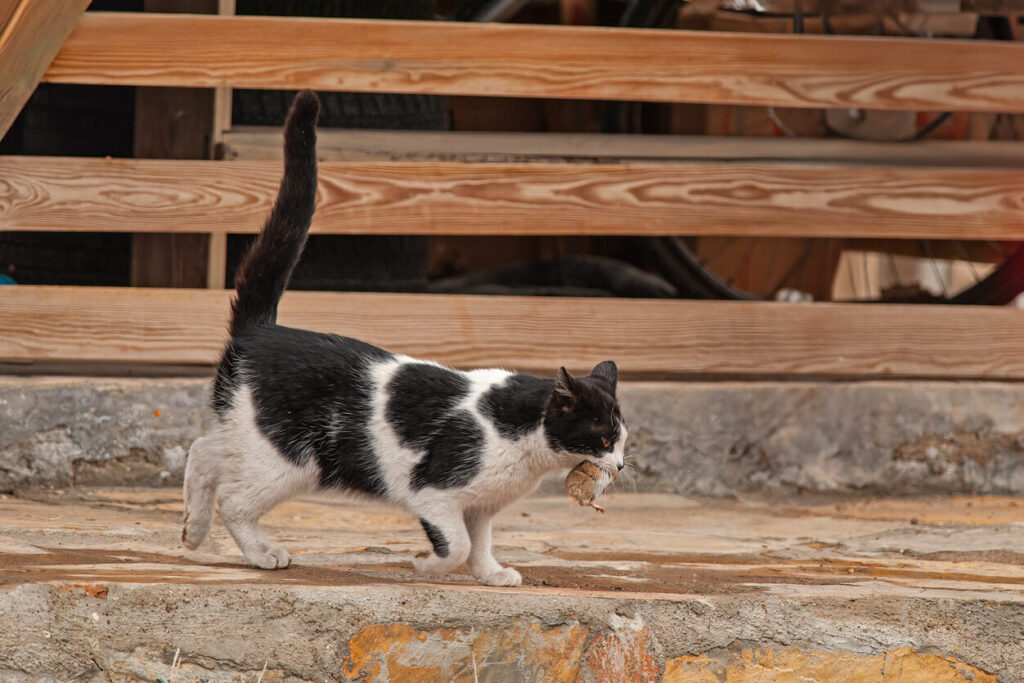
You find a sock in your bed, or a chewed-up toy placed perfectly at your feet. It’s not just your pet being weird—it’s a thoughtful, even strategic gesture. Whether it’s a cat offering a dead insect or a dog proudly presenting your slipper, this behavior comes from deeply rooted instincts. For cats, it’s part of their hunting DNA—they see you as part of their “family” and want to provide. For dogs, it’s often a bonding ritual, showing they trust you enough to share their treasures. These gifts might be strange, sometimes even gross, but the intent behind them? Pure genius. It’s communication, care, and connection—all wrapped in fur and slobber.
Circling Before Lying Down

It seems odd—your pet spins around a few times before settling down to sleep. But this little ritual is ancient intelligence at work. This behavior is believed to be inherited from wild ancestors who would circle to pat down grass, check for predators, or find the perfect position. It’s a built-in safety mechanism and comfort routine. Even in your air-conditioned apartment, your pet is scanning their environment, instinctively seeking security. It shows an incredible blend of survival skills and emotional awareness. They’re not just being picky about their sleep spot—they’re tapping into ancestral wisdom. That’s not silly. That’s nature’s genius in motion.
Sleeping in the Weirdest Places
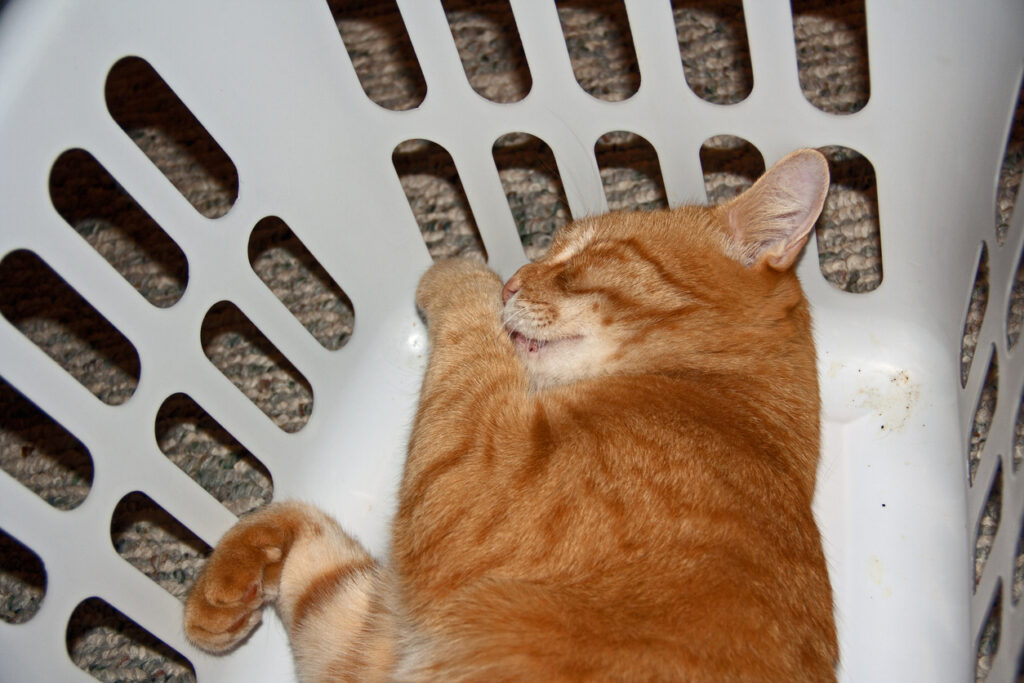
You bought them the softest, most luxurious bed… and yet they choose to sleep in the laundry basket, under the table, or in your suitcase. While it might seem random or annoying, it’s actually a clever survival trait. Pets often seek out places that feel enclosed, carry familiar scents, or offer a strategic view of the room. It’s about security, familiarity, and sometimes even love—they want to be close to your scent or keep an eye on you while they rest. Choosing odd spots is often their way of crafting a safe, personalized “den.” It may not make sense to us, but for them, it’s an intuitive act of genius comfort-seeking.
Ignoring You… On Purpose
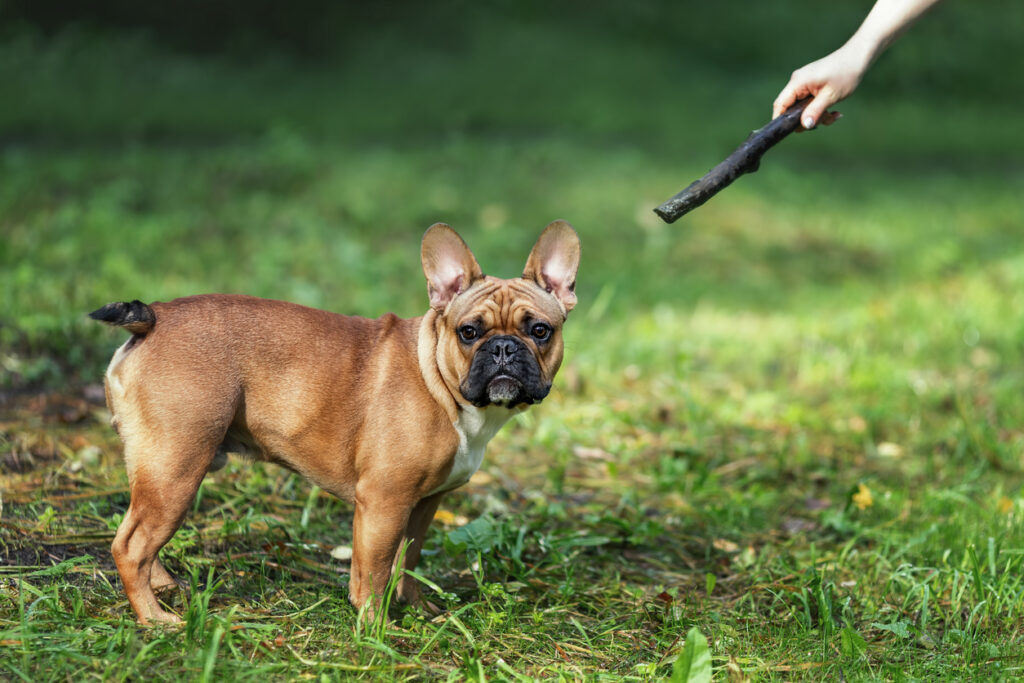
You call their name, offer a treat, do a silly dance—but your pet just walks away or stares off into the distance like you don’t exist. It can feel like rejection, but this behavior might actually be a sign of intelligence and emotional regulation. Pets, especially cats and independent dogs, sometimes disengage not out of disrespect but as a way to process stimulation. They know when they’ve had enough attention or need space to cool off. In fact, tuning out is a cognitive skill that mirrors how humans set boundaries. They’re managing their own emotional energy, and that’s pretty impressive. So instead of feeling snubbed, recognize it for what it is—self-awareness in a furry little body.
Tilting Their Head Like They’re Listening to Your Secrets

You’re mid-sentence and your dog tilts their head dramatically, as if you just said the most fascinating thing ever. It’s adorable—but it’s also brainy. Head tilting can improve their hearing accuracy and help them better interpret our words, tones, and facial expressions. It shows they’re trying to make sense of complex human cues. Some experts even believe it’s a sign of heightened social intelligence—your pet wants to connect, and they’re actively working to understand you. That cute little tilt? It’s a sign of empathy, curiosity, and mental flexibility. They’re not just listening—they’re learning you.
Pawing at You Repeatedly
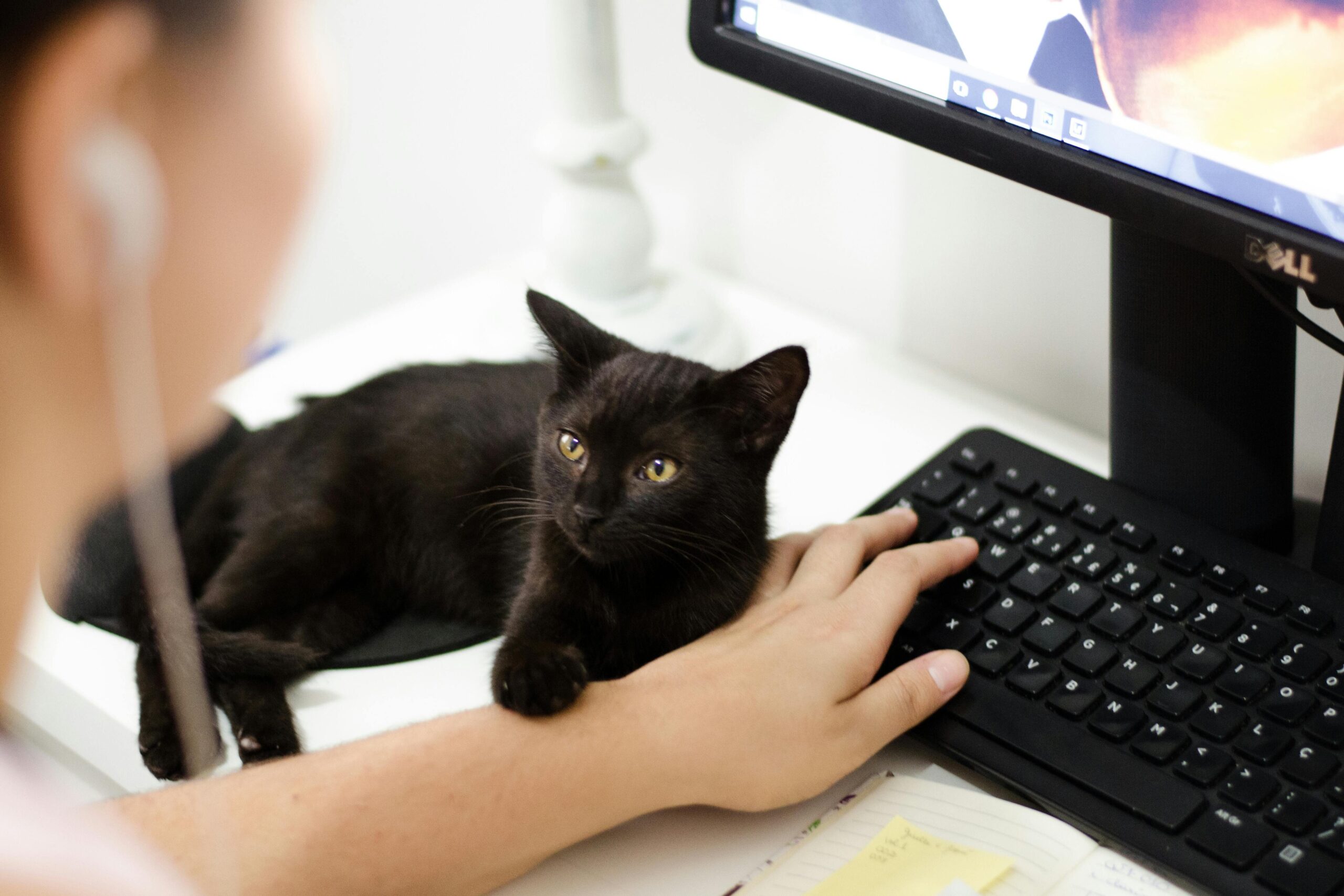
When your pet keeps tapping you with their paw, it might seem like they’re just being needy or demanding attention. But beneath that soft pressure is something deeper. Pawing is a form of tactile communication, a nonverbal way of saying, “I need something,” “I’m here,” or even “I love you.” It takes emotional intelligence to seek contact, especially in a way that balances persistence with gentleness. Some pets even adjust the intensity of their pawing depending on your mood, which shows a surprising awareness of emotional cues. They’re not just bothering you, they’re communicating affection, comfort, and emotional presence.
Watching TV or Following the Cursor on Your Screen
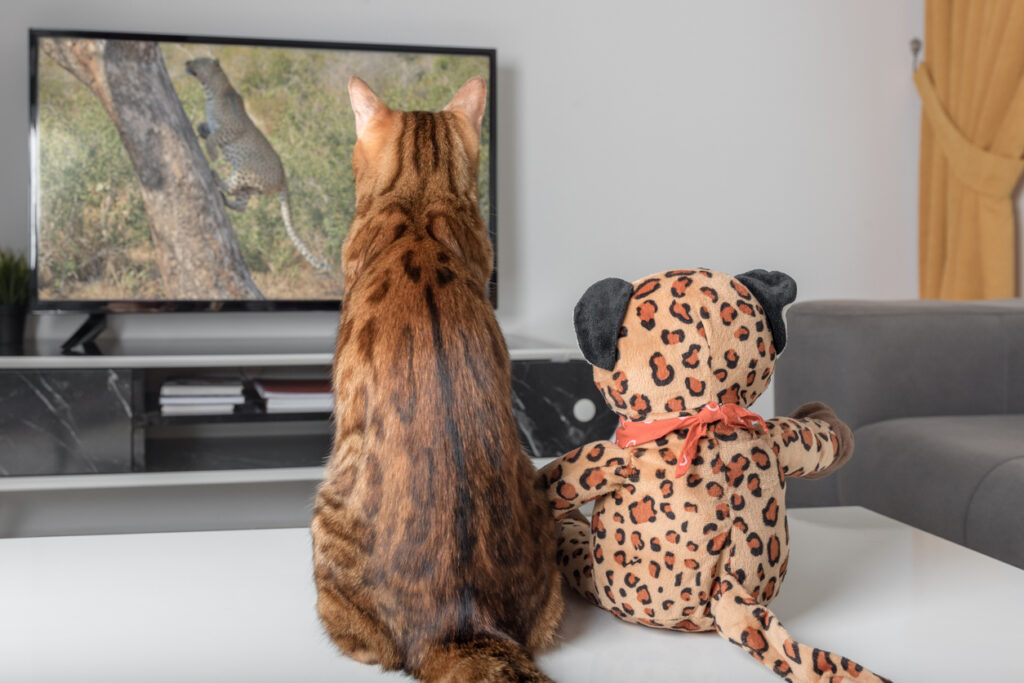
You glance at your screen and notice your pet is totally locked in, tracking the cursor or watching animals on the TV with laser focus. It’s cute, but it’s also a fascinating peek into their evolving intelligence. This behavior shows your pet’s ability to process moving images and respond to visual stimulation in real time. It’s not just a mindless stare, it’s cognitive engagement, problem-solving, and even entertainment. Pets that respond to screens are demonstrating adaptability in a world filled with human-made distractions. So the next time your cat chases a cursor or your dog barks at cartoon squirrels, know this: they’re not just reacting, they’re participating in your world with their own genius spin.


